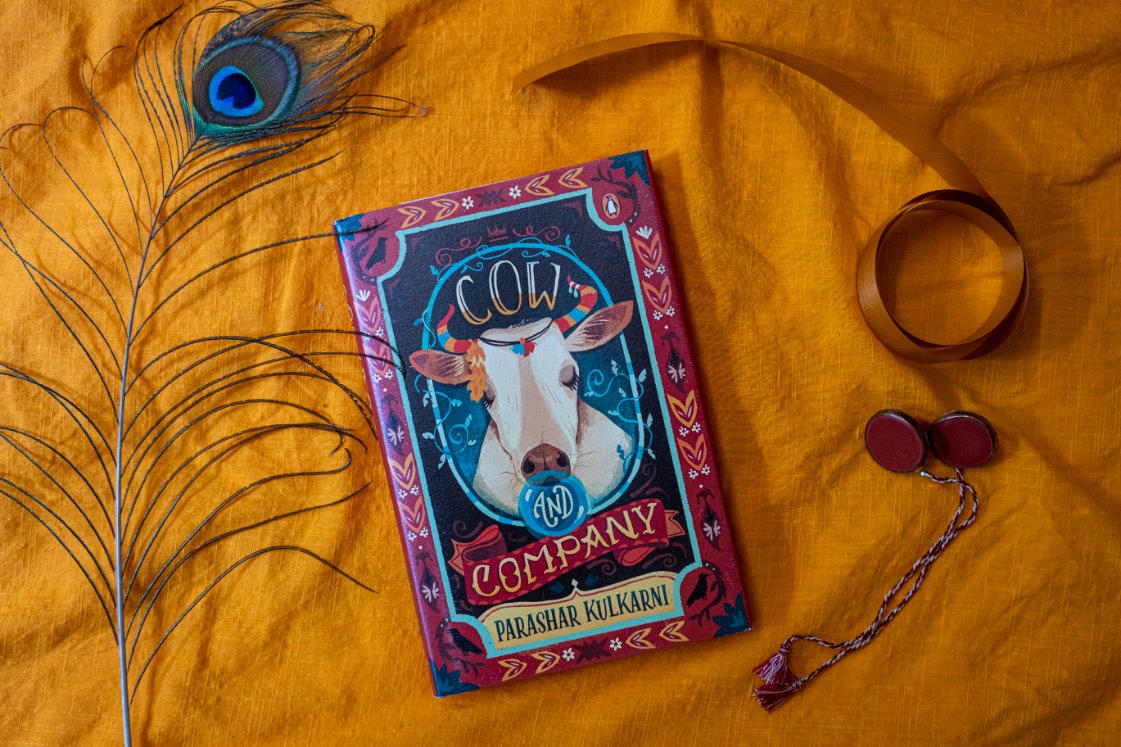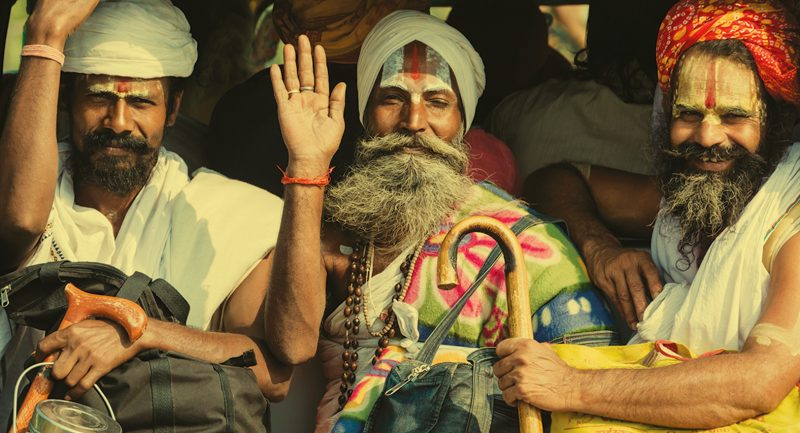
Cow and Company begins with the British Chewing Gum Company setting up shop in Bombay with the mission of introducing chewing gum in the colonies. They declare paan, which is in all mouths at all times, as their enemy. A cow is chosen as the mascot. It is up on all the posters. What begins as a search for a cow ends up in a catastrophe. With laugh-out-loud moments and ingenious use of language, Cow and Company uses satire to take stock of the state of the nation, religion and capital, then and now.
Here are 5 moments from the book that made us LOL:
1. The time when the inhabitants of the Arctic debated about the killing of cows.
“ Cow protection is not new. It has been in existence since the Vedic period. Not just in India, even in the Arctic. When the last ice age hit earth and the inhabitants of the Arctic were famine struck, they debated extensively about the killing of cows. They tried to reinterpret the Vedas. ‘What if the cow is frozen?’ one hungry fellow argued. Swami Satyanand said, ‘No. Eat me instead.’ They prostrated themselves at his feet. Since then a ban on killing cows has existed in the Arctic.”
2. When the prototype of the rifle was stolen from the Rig Veda
“If you mix cow fat and pig fat with gun powder, it doubles the power. A few months ago, they found that if you use ghee, the power triples. Point and shoot, point and shoot. The British are slowly learning our science now. Better late than never. I am told they stole the prototype of the rifle from the Rig Veda.”
3. When the price of cow-urine started varying based on the grass fed to cows.
“ Elite Parsee families no longer sourced cow urine from Calcutta and Bombay. In these cities of vice, the cows too were non-discriminating; they ate and drank everything from leather chappals to alcohol. Then there were the Hindu puritans who worried that impure urine was driving down the price of pure urine…..Some of the older families joined forces to set up a labelling programme. There was a label in the market: Fed on Vrindavan Grass. This urine was three times the price of regular urine. Not all vendors could afford the greens of Vrindavan. They colluded in favour of a generic label: Raised in Open Farms.”
4. The time when a cow psychologist presented cases for better mental health of cows.
“The psychologist had read that old cows become rejuvenated if they spend time with young calves. He instituted a programme in which, every Friday, calves from the neighbouring villages would visit the cow shelter. When the calves arrived and tried to play, the old ones would kick them away.”
5. The time when the cow negotiated dowry.
“Then there was another cow, Champa, who took to dowry negotiations. One day she was casually grazing in the outskirts of the village. Members of the khap panchayat, on their way to a prospective bride’s house, happened to walk by. She followed them. …….When the bride’s family declared that they were broke and had nothing to give the groom, the cow rose and ambled into their farm and found a bull hidden behind the shed. The bride’s family was forced to concede their only draught animal. Since then, under one pretext or another, families of many grooms took her along. Her reputation preceded her. Some of the more rational-minded speculated that Champa had a coterie of informers.”
A brave and hilarious debut set in colonial India by Parashar Kulkarni, Cow and Company is sure to tickle your funny bone through its satirical take on ‘mother cow’ and the Indian phenomena of cow worship.








